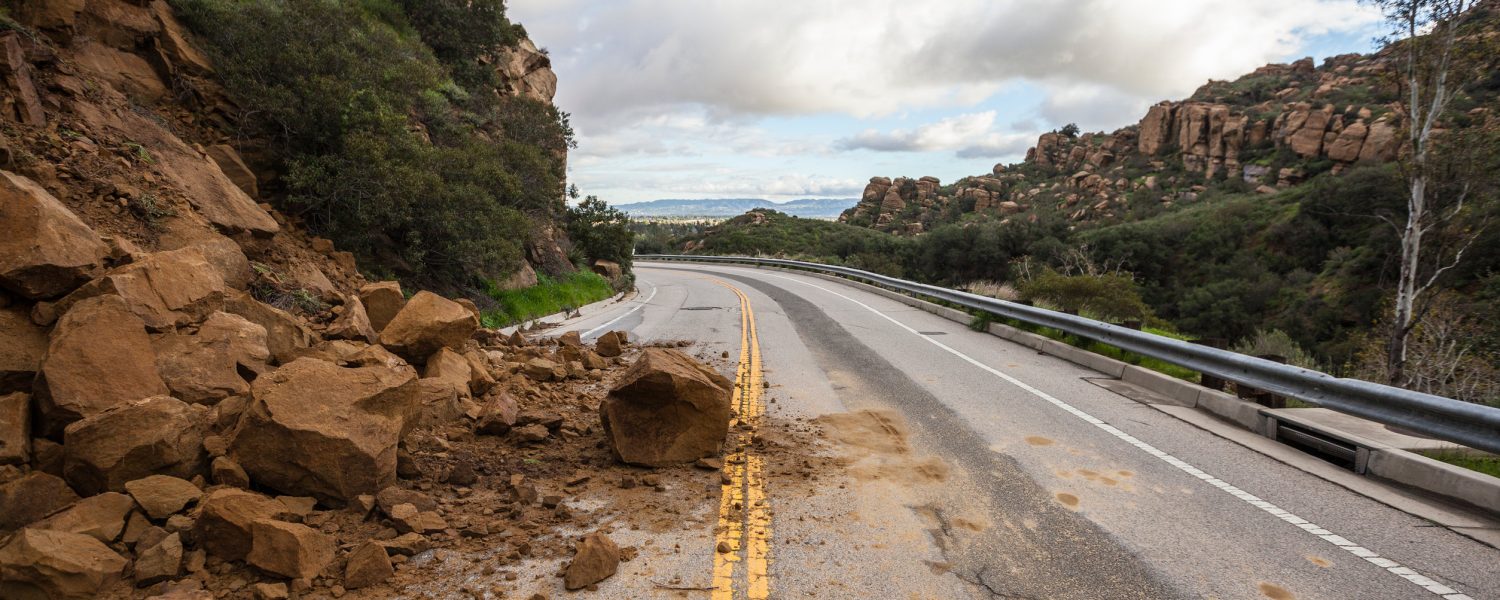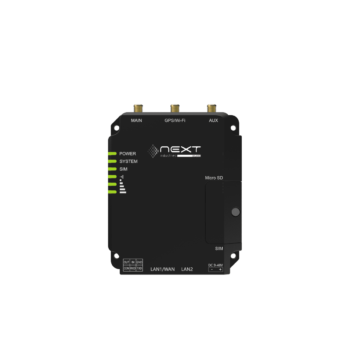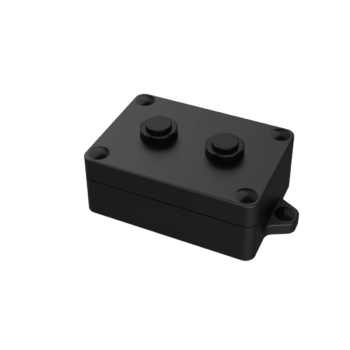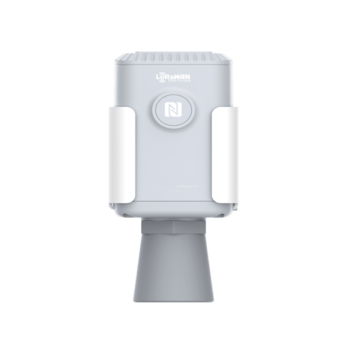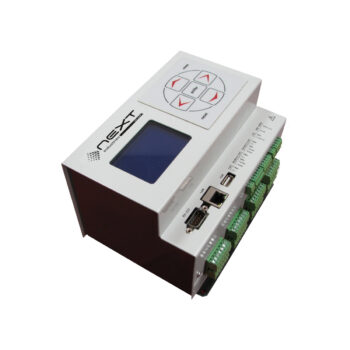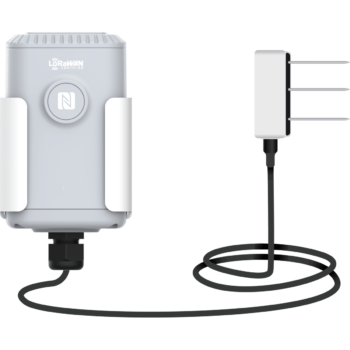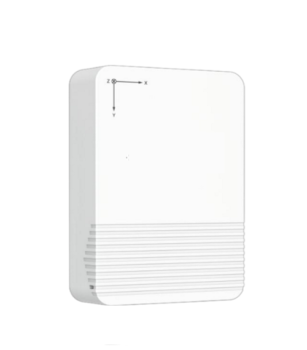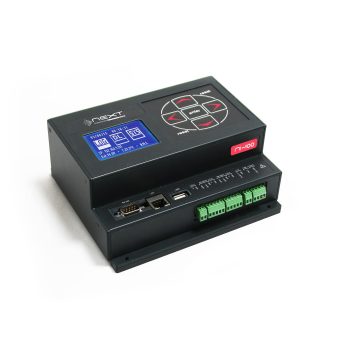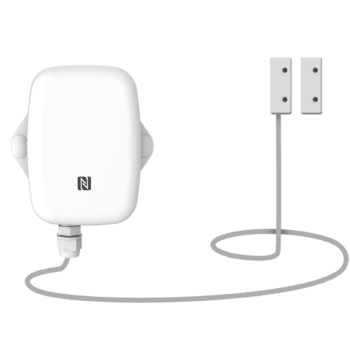Landslide Monitoring Systems Improve Security and Quality of Life for People
Landslides are a natural hazard that can cause significant social and economic impacts. Various techniques have been developed to monitor slope stability and mitigate the occurrence of land slippage, including the implementation of Internet of Things (IoT) systems. Traditionally, monitoring slope stability has been an expensive and labor-intensive process. However, the advent of intelligent sensors and wireless solutions has revolutionized this field, enabling the regular and uninterrupted monitoring of slopes. The monitoring system encompasses both short-term and long-term applications.
The long-term monitoring application is a vital component of the more comprehensive environmental monitoring system, focusing on the observation and analysis of various parameters associated with landslides. These parameters include but are not limited to the length of the landslide, surface displacements, strain activity, groundwater conditions, water levels, pore pressure, and mass volume.
Landslide monitoring can be categorized into various disciplines, such as geotechnical, hydrological, geophysical, geodetic, metrological, and remote sensing. These different approaches provide valuable insights into the prevention, early detection, and effective management of landslides. Appropriate systems and techniques can mitigate and recognize landslide risks, protecting lives, infrastructure, hazards, and resources, and reducing economic damages.
